

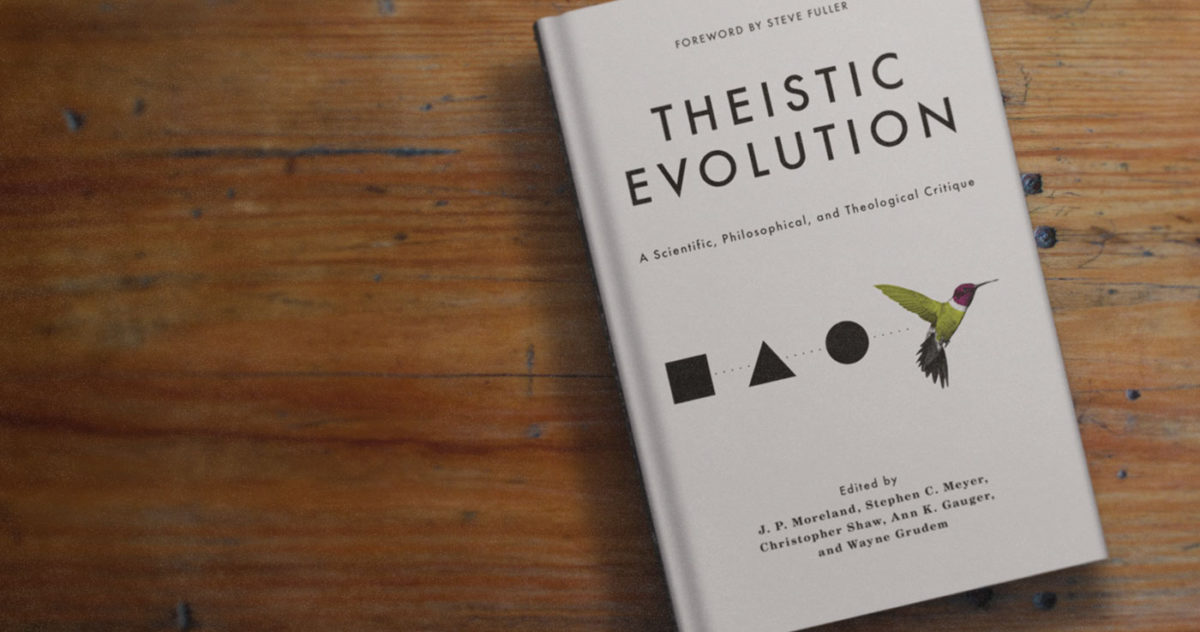
Defining Theistic Evolution
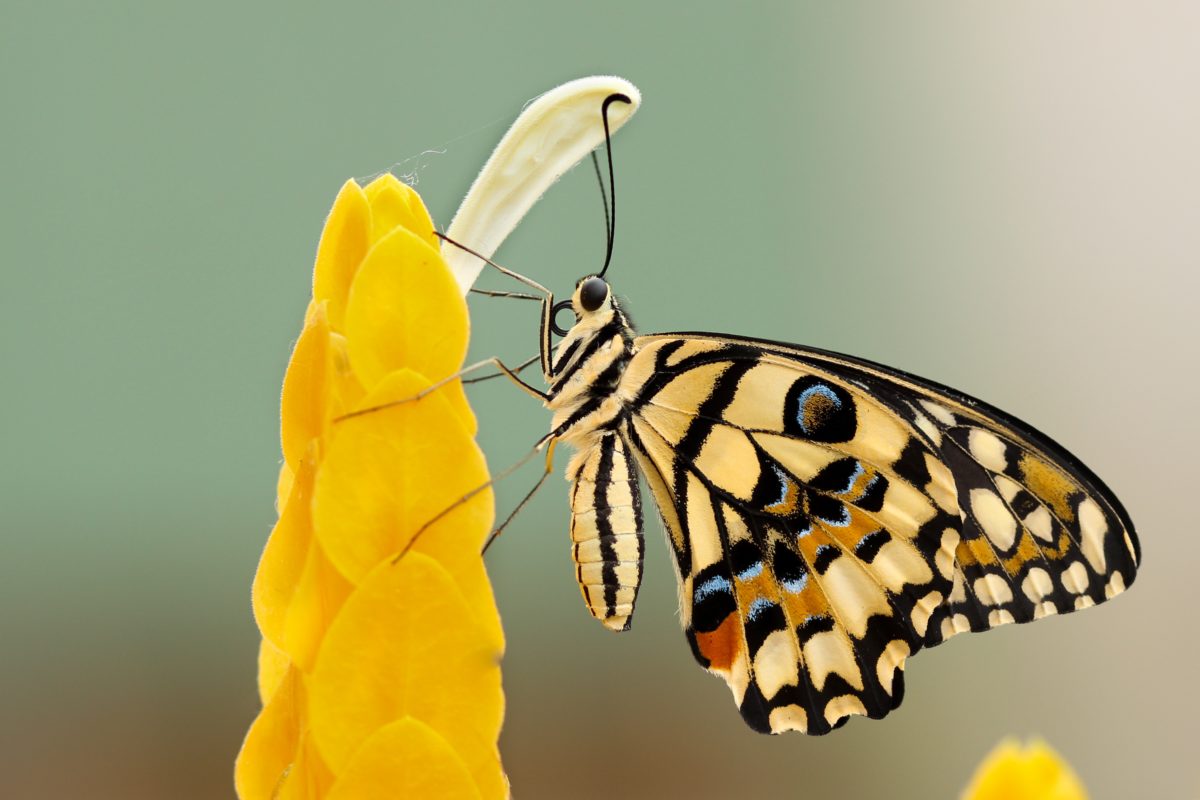
Here’s How to Tell if Scientists are Exaggerating
How much can the public trust confident claims by scientists? Especially about morally or politically or philosophically charged topics? Alas, not so much, as the New York Times Magazine reminds us once again in a recent article, “How Beauty Is Making Scientists Rethink Evolution.” The subtitle asks, “The extravagant splendor of the animal kingdom can’t be explained by natural selection alone — …
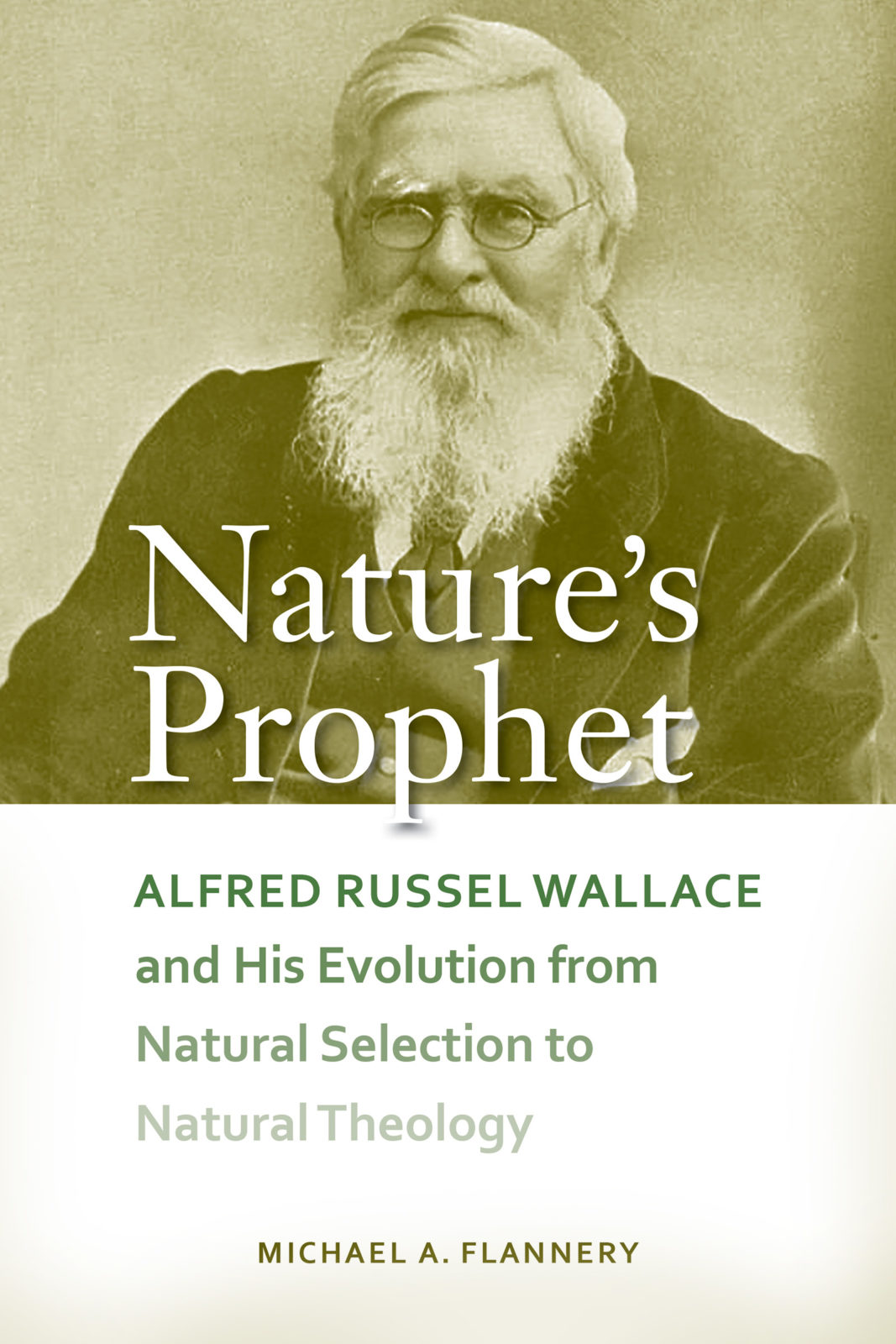
Nature’s Prophet
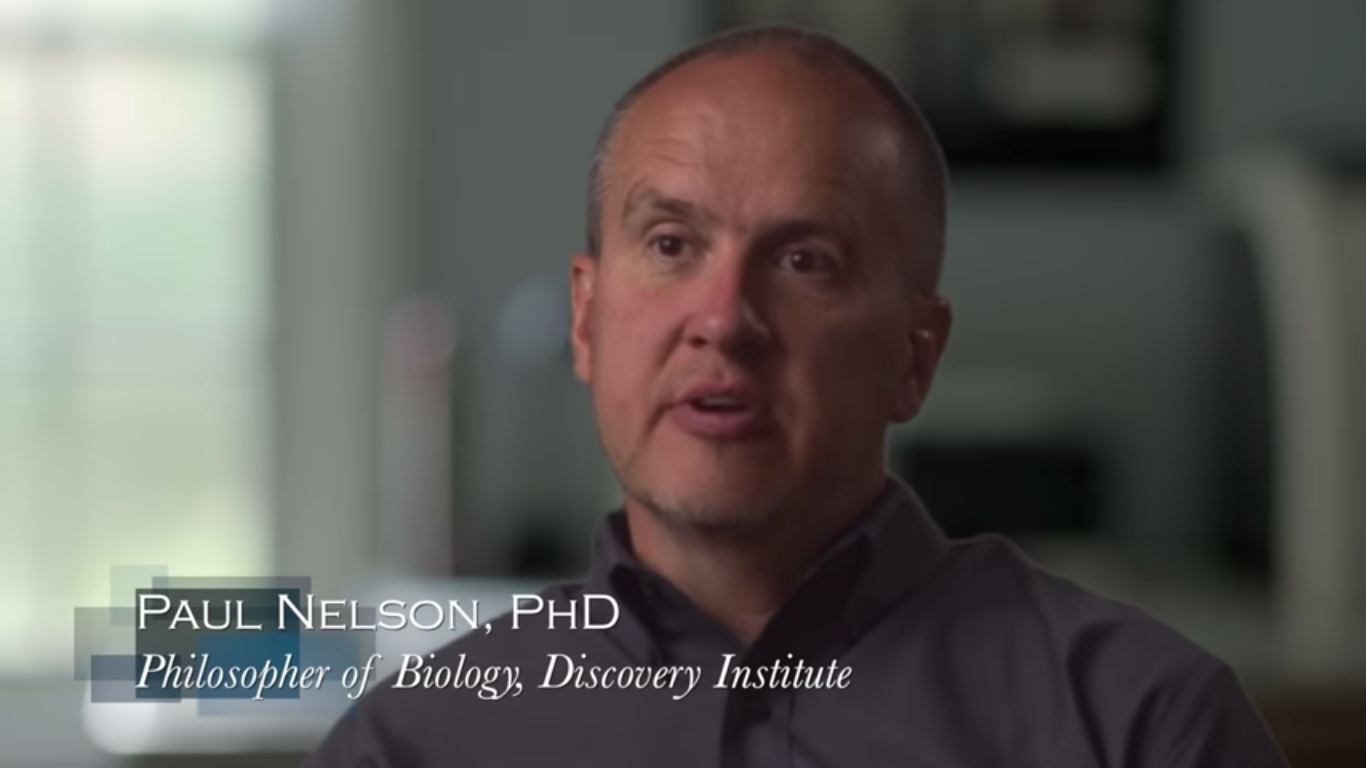
How Evolution Uses Natural Selection to Build Organisms
Antibiotic-Resistant Bacteria May Be a Health Nightmare, but Not an Evolutionary One
Jerry Coyne’s blog, Why Evolution Is True, has this headline: “The creationist’s nightmare: evolution in action” Of course by “creationists” he means anyone who doubts the creative power of unguided evolutionary processes. What’s the subject of our nightmare? An experiment, reported in Science, and accompanying videos demonstrating the rapid development of antibiotic-resistant bacteria. That is an old standby in the evolutionist’s arsenal. Continue reading at Evolution News.
Non-Adaptive Order: An Existential Challenge to Darwinian Evolution
At London’s famous Natural History Museum in South Kensington, a statue of Richard Owen had been prominently placed for many decades at the head of the main staircase. But in a curiously symbolic event on May 23, 2008, the statue was moved to one of the adjacent balconies to make room for a statue of Charles Darwin, which now sits in pride of place. Read the full article at Evolution News.
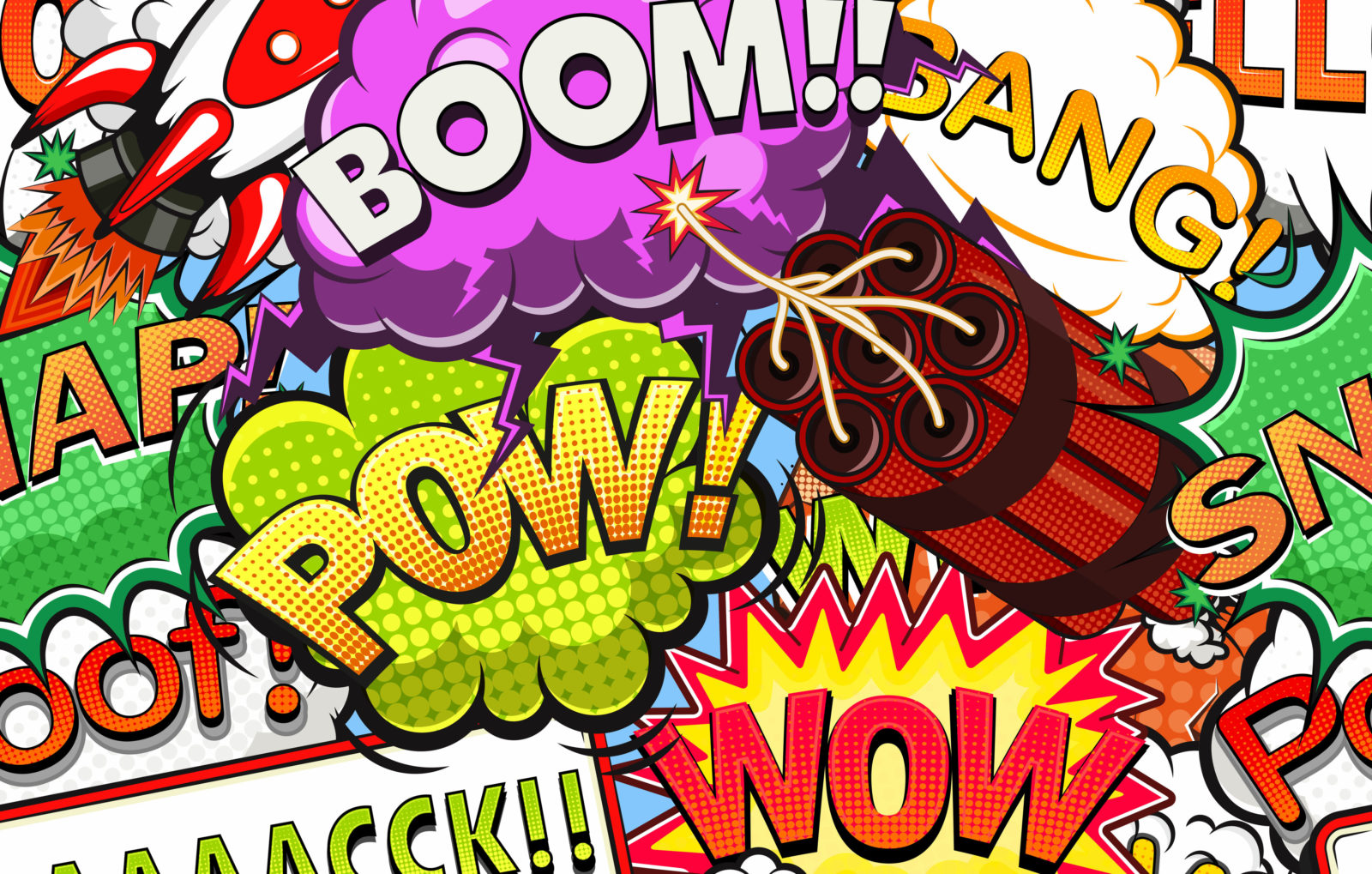
The White Space in Evolutionary Thinking
When certain biologists discuss the early stages of life there is a tendency to think too vaguely. They see a biological wonder before them and they tell a story about how it might have come to be. They may even draw a picture to explain what they mean. Indeed, the story seems plausible enough, until you zoom in to look at the details. I don’t mean to demean the intelligence of these biologists. It’s just that it appears they haven’t considered things as completely as they should. Like a cartoon drawing, the basic idea is portrayed, but there is nothing but blank space where the profound detail of biological processes should be.
Read More ›Neo-Darwinism’s Catch-22: Before Evolving New Features, Organisms Would Be Swamped by Genetic Junk
The article by physicists David Snoke, Jeffery Cox, and Donald Petcher begins by observing that in order to produce a new system, evolution first needs to try lots of new things. It must generate many, many variations upon which natural selection can act in order to “find” something useful to retain. But that comes with a potentially fatal cost. Read the rest at Evolution News & Views.
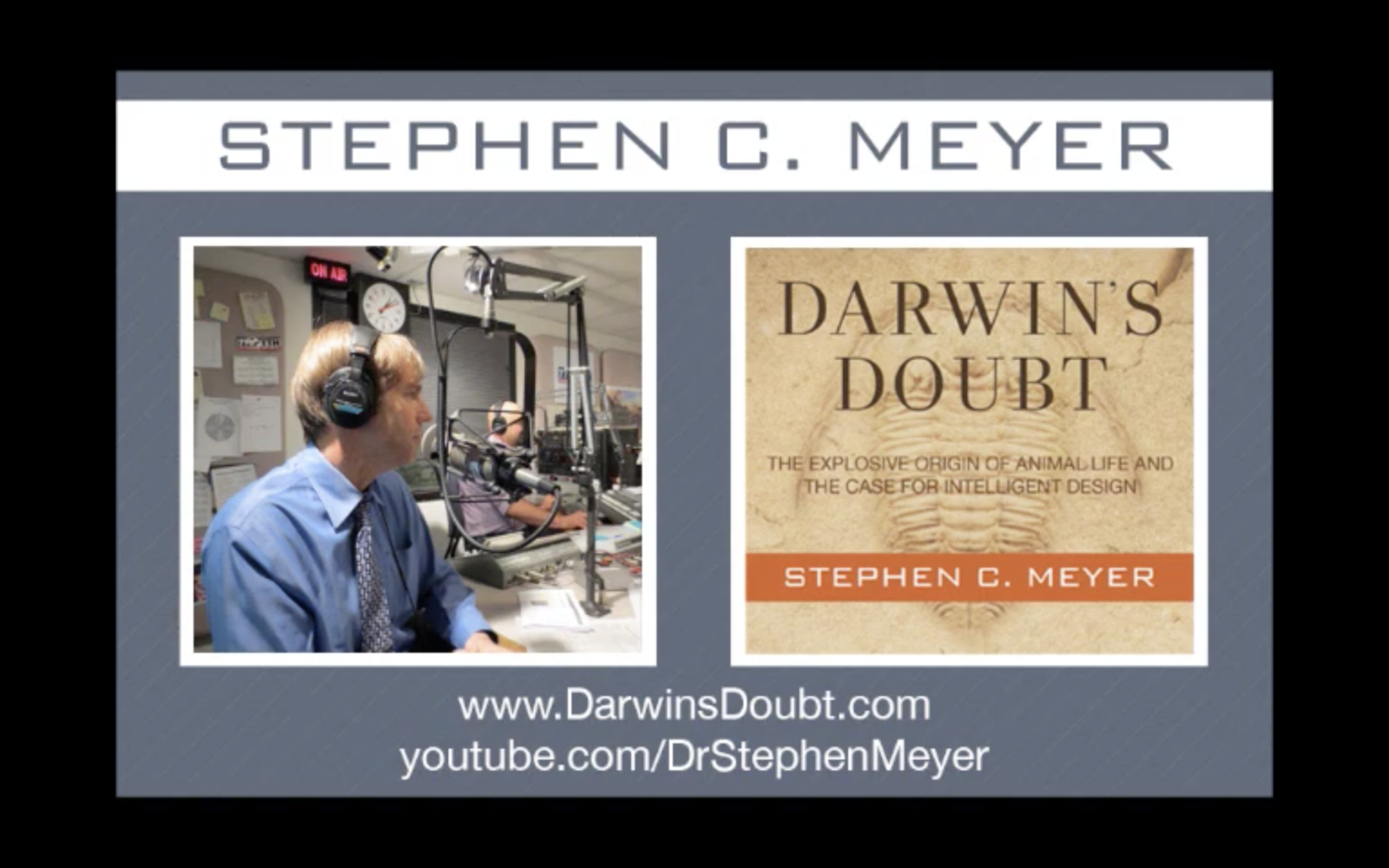
Does Darwinian Evolution Disprove the Existence of God? Stephen Meyer on The Ben Shapiro Show
On this short but informative interview on KTTH’s The Ben Shapiro Show, Dr. Stephen Meyer discusses the compatibility of science and religion and explains why intelligent design provides a more satisfying explanation of the evidence than the neo-Darwinian selection/mutation mechanism. Meyer also outlines arguments raised by his new book Darwin’s Doubt. More information is available at www.DarwinsDoubt.com.